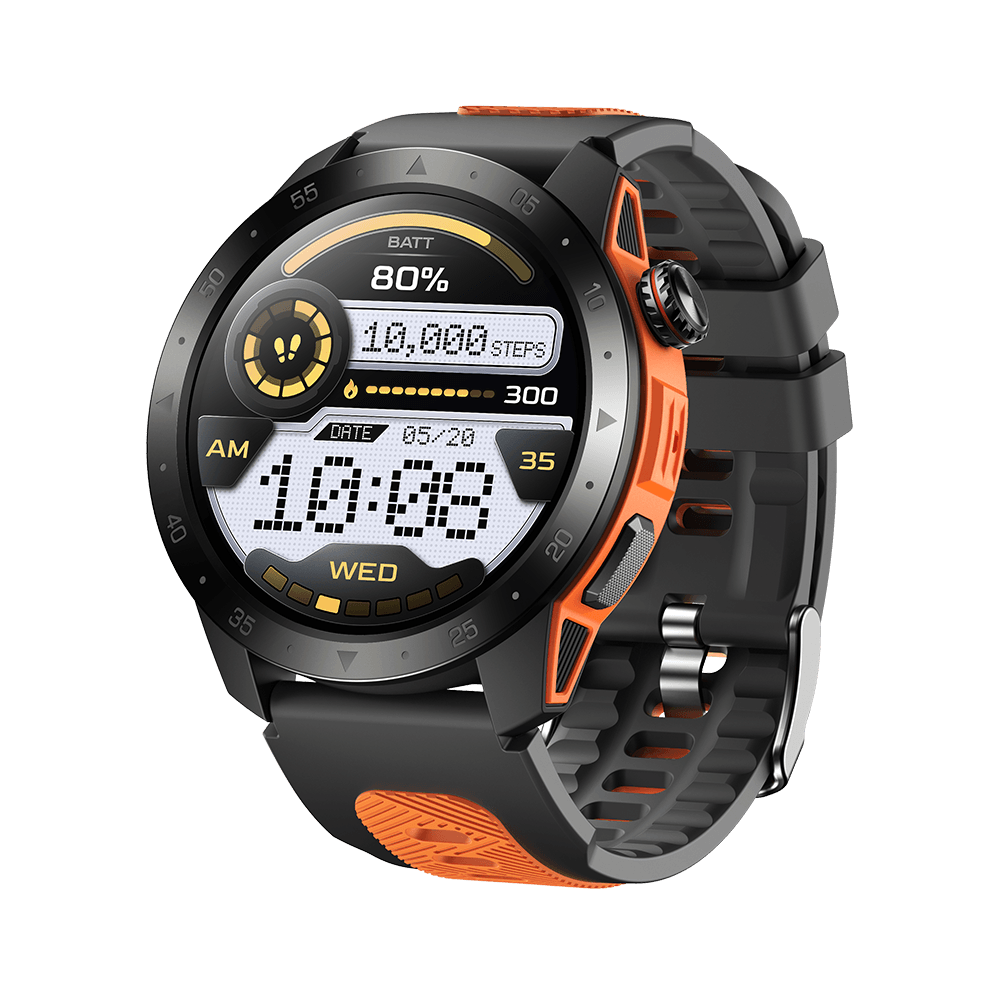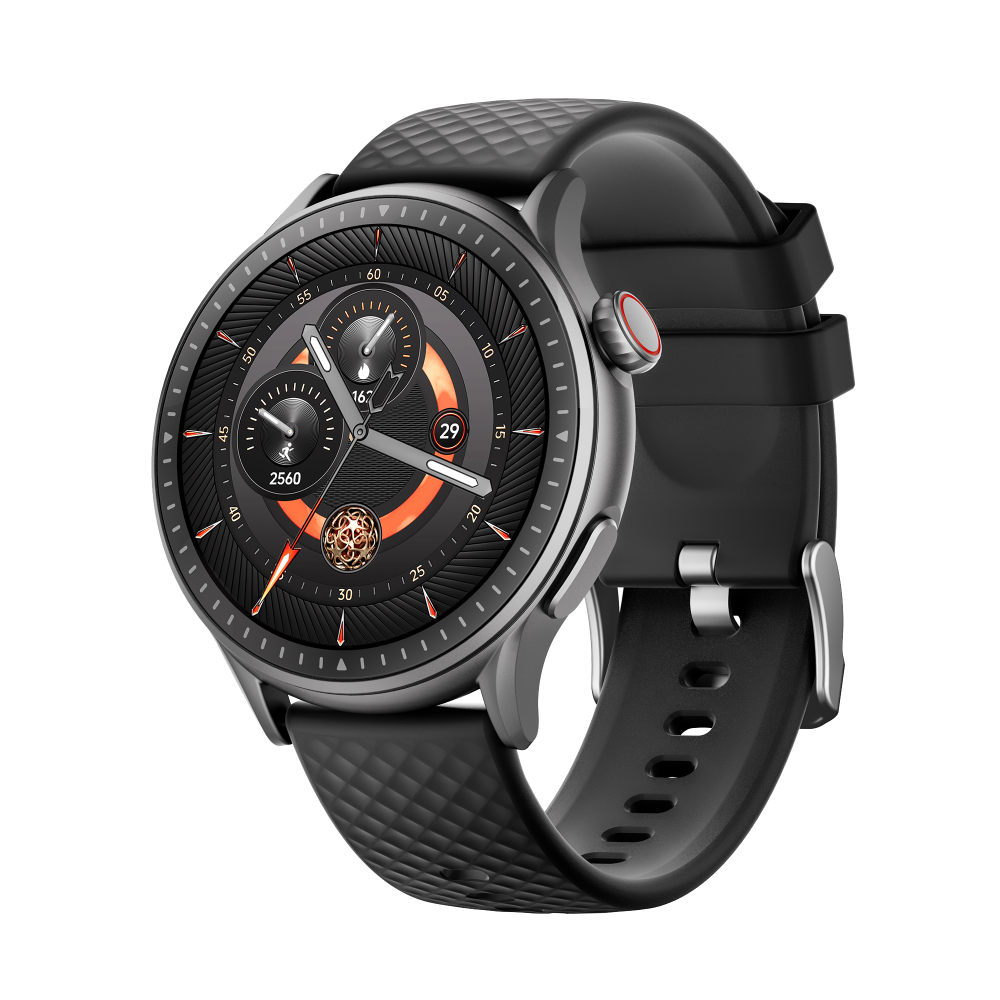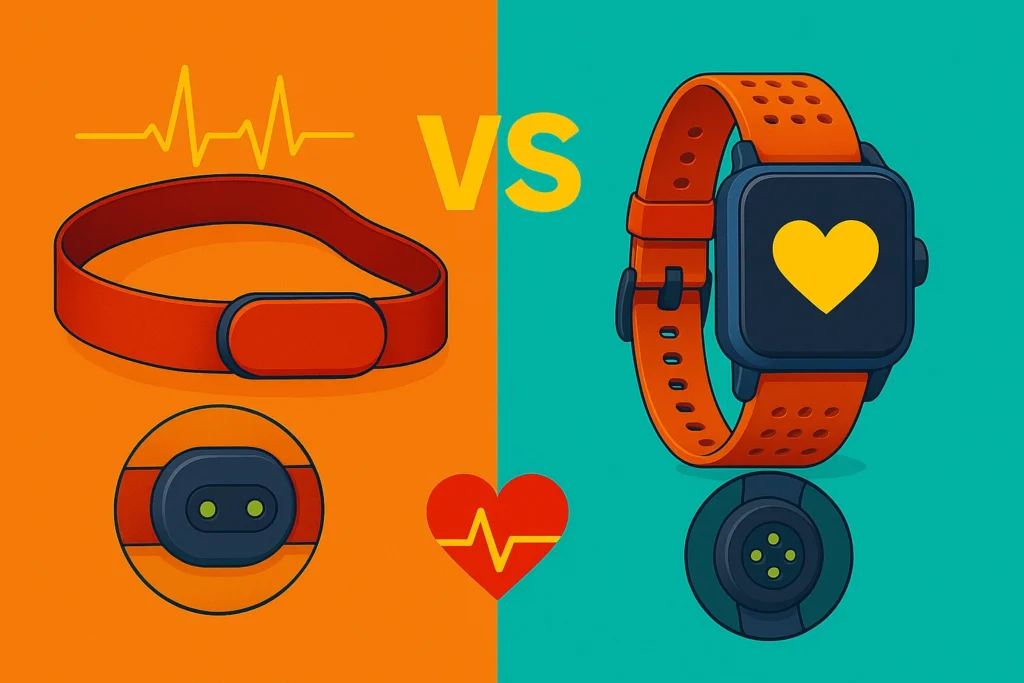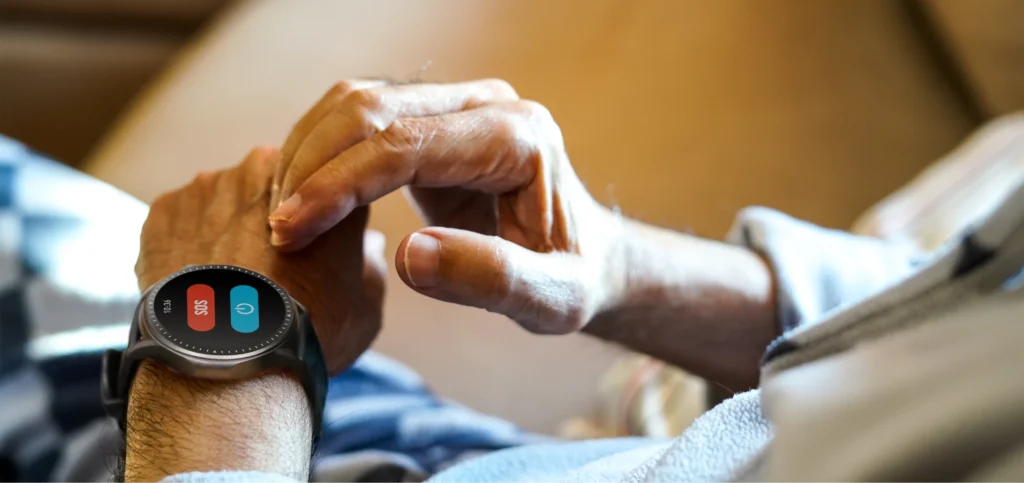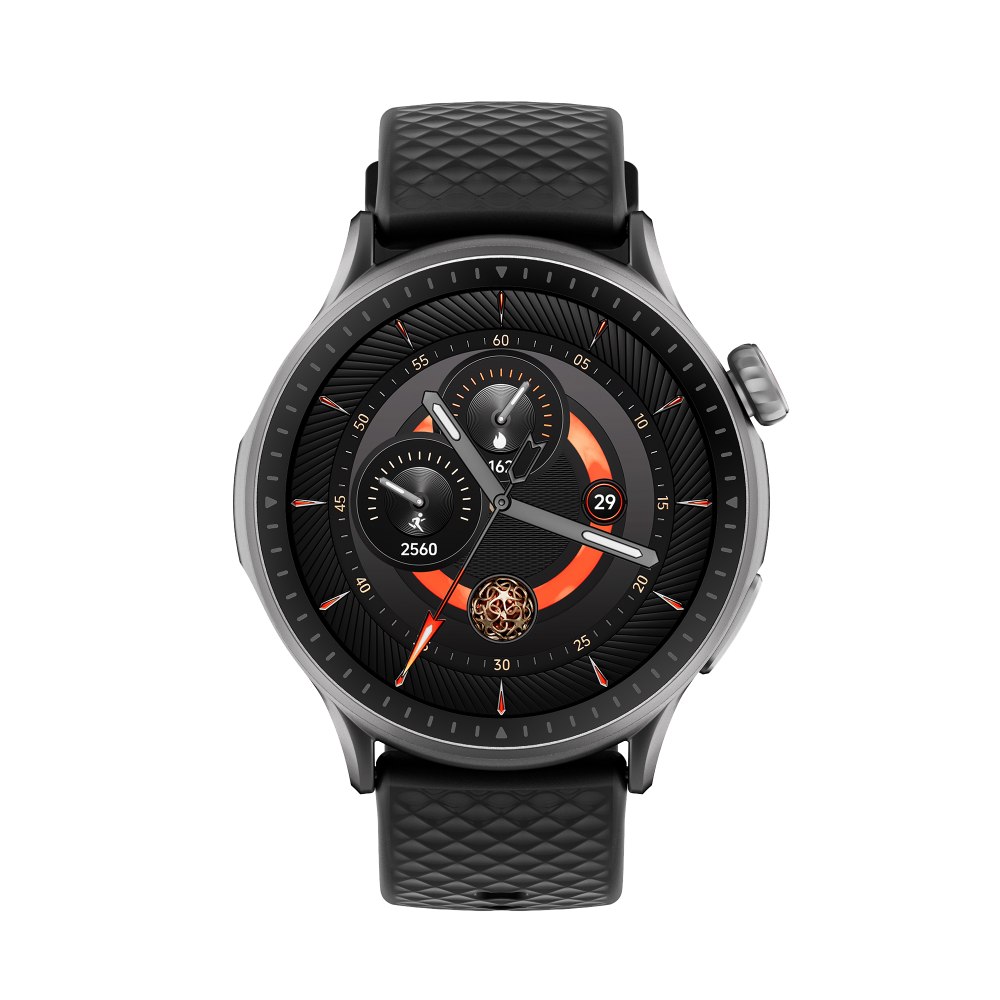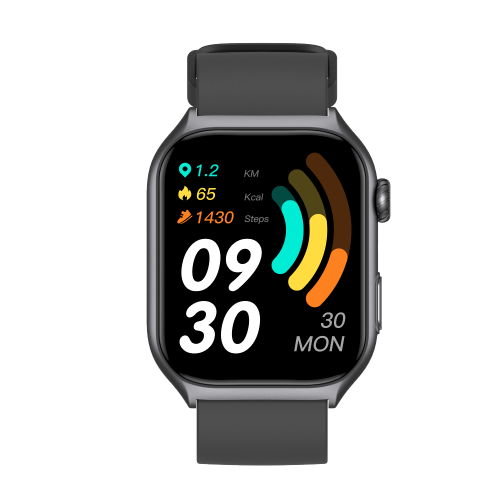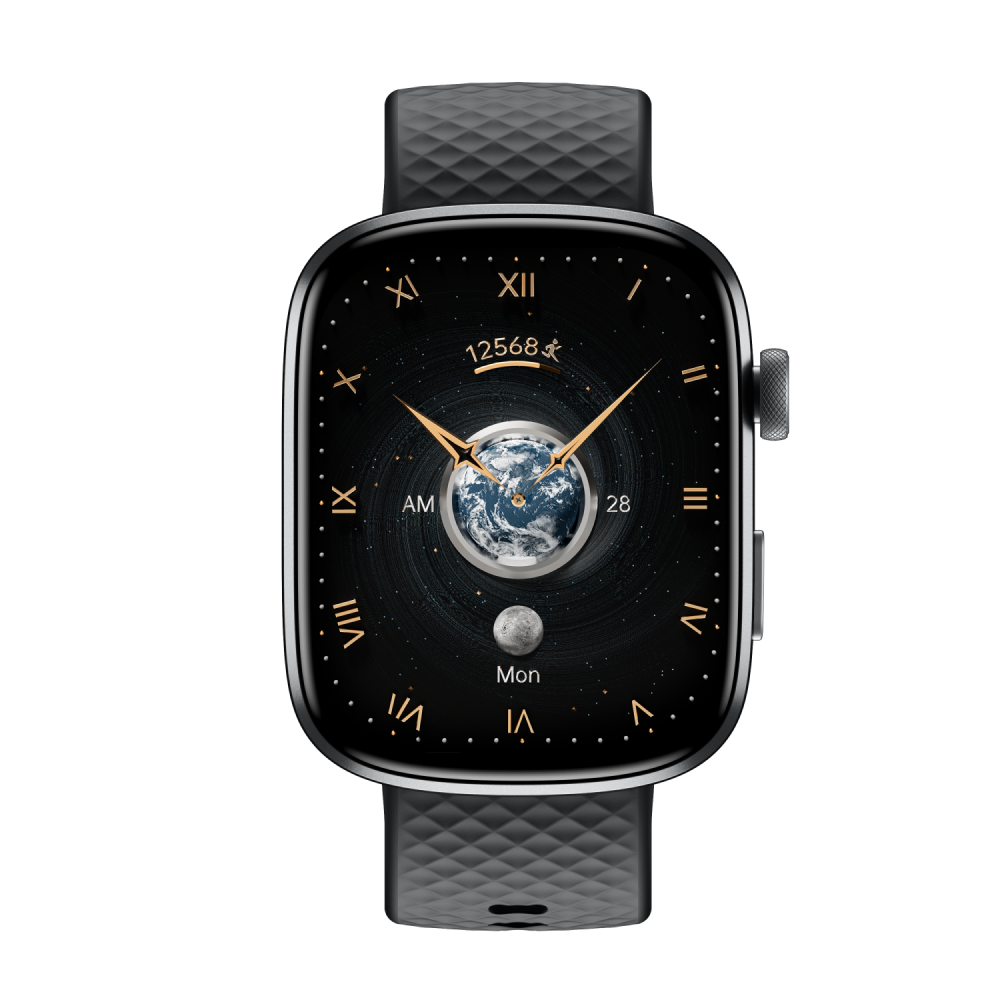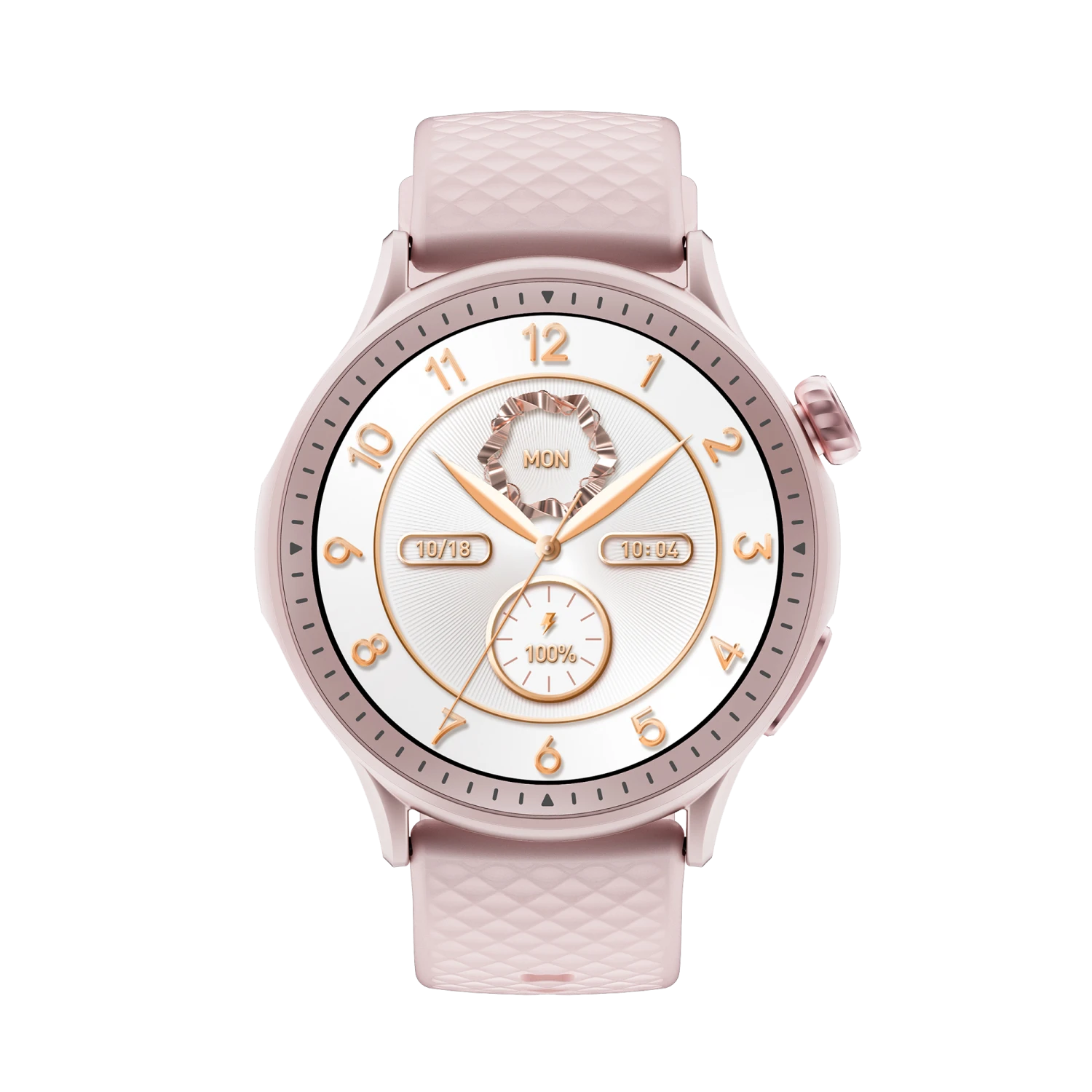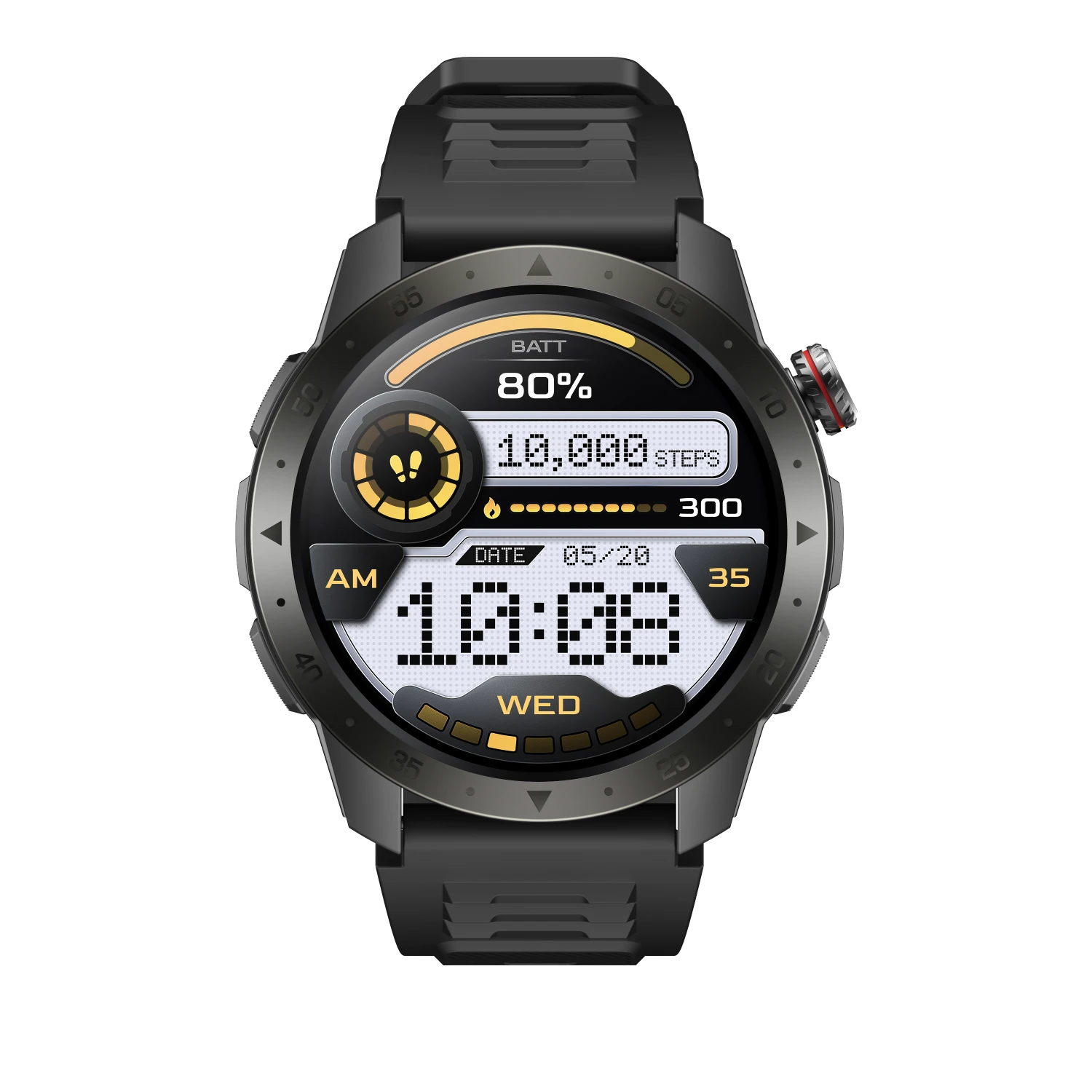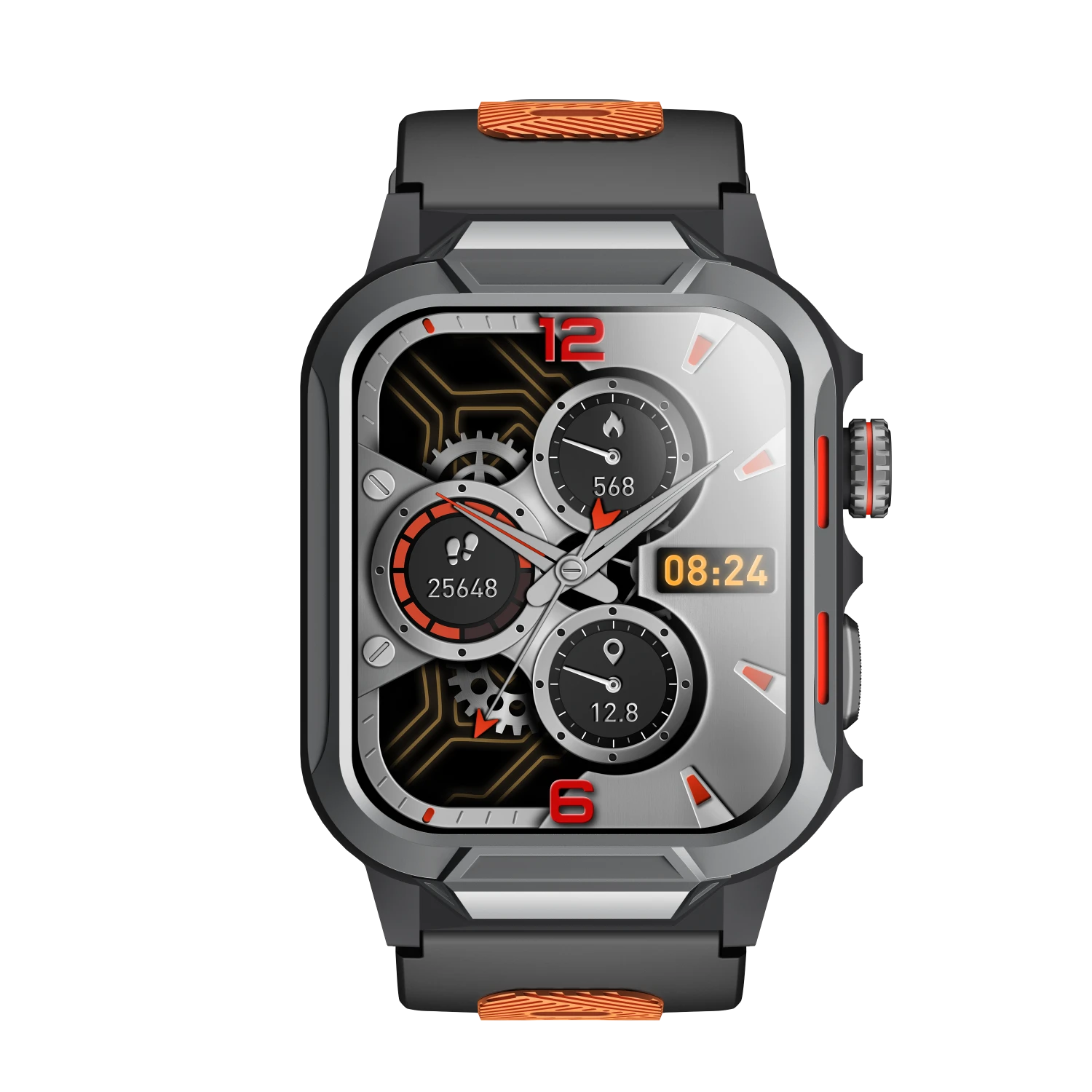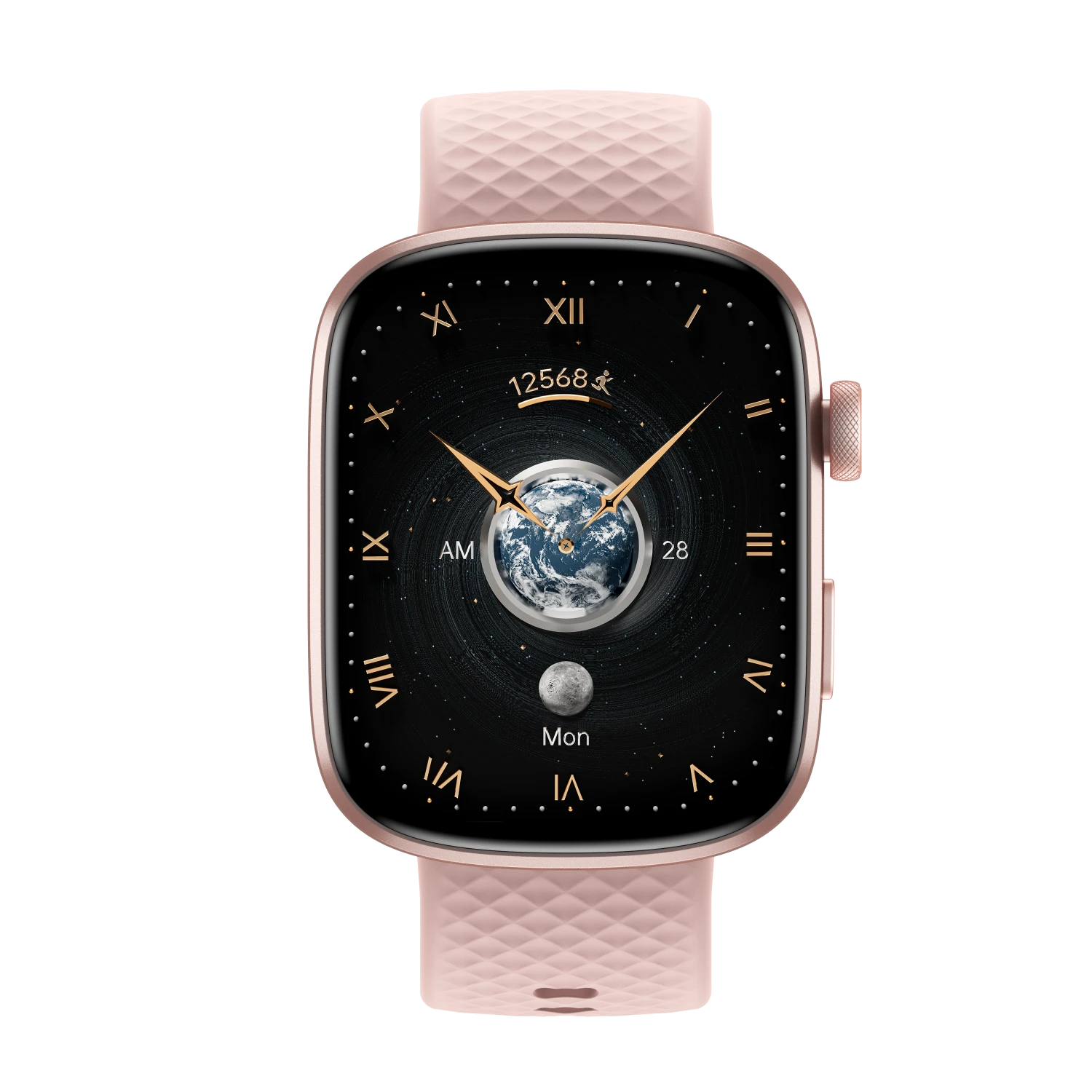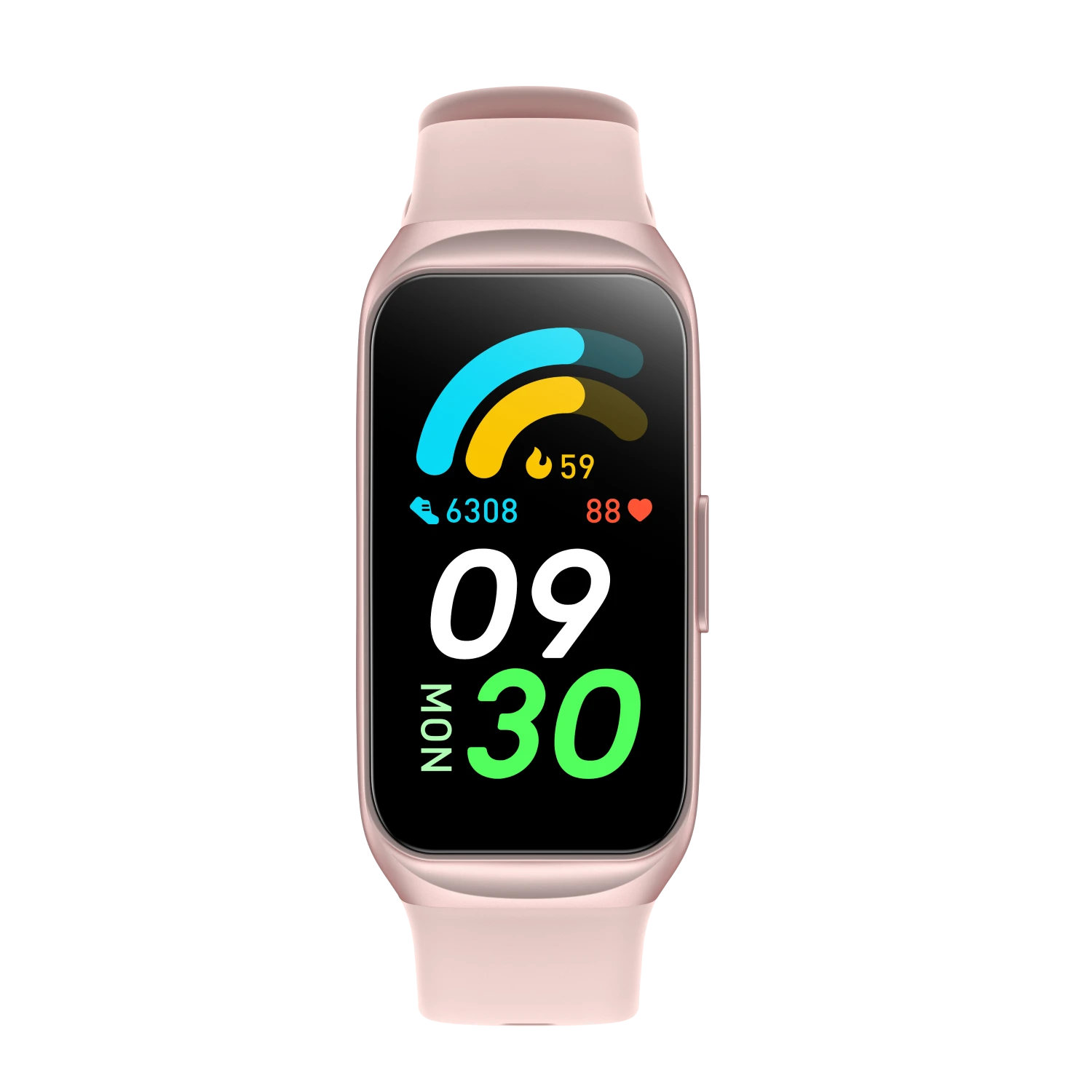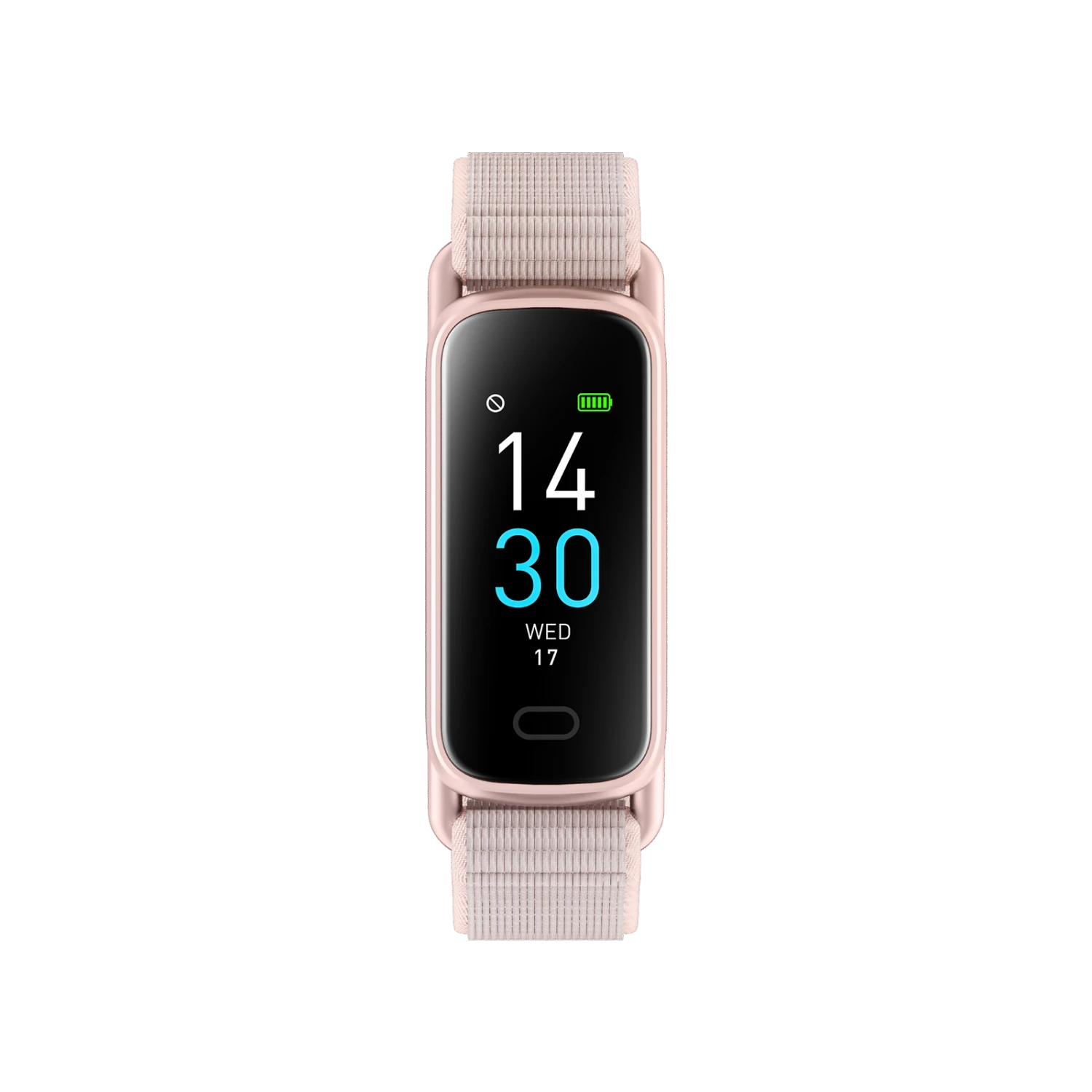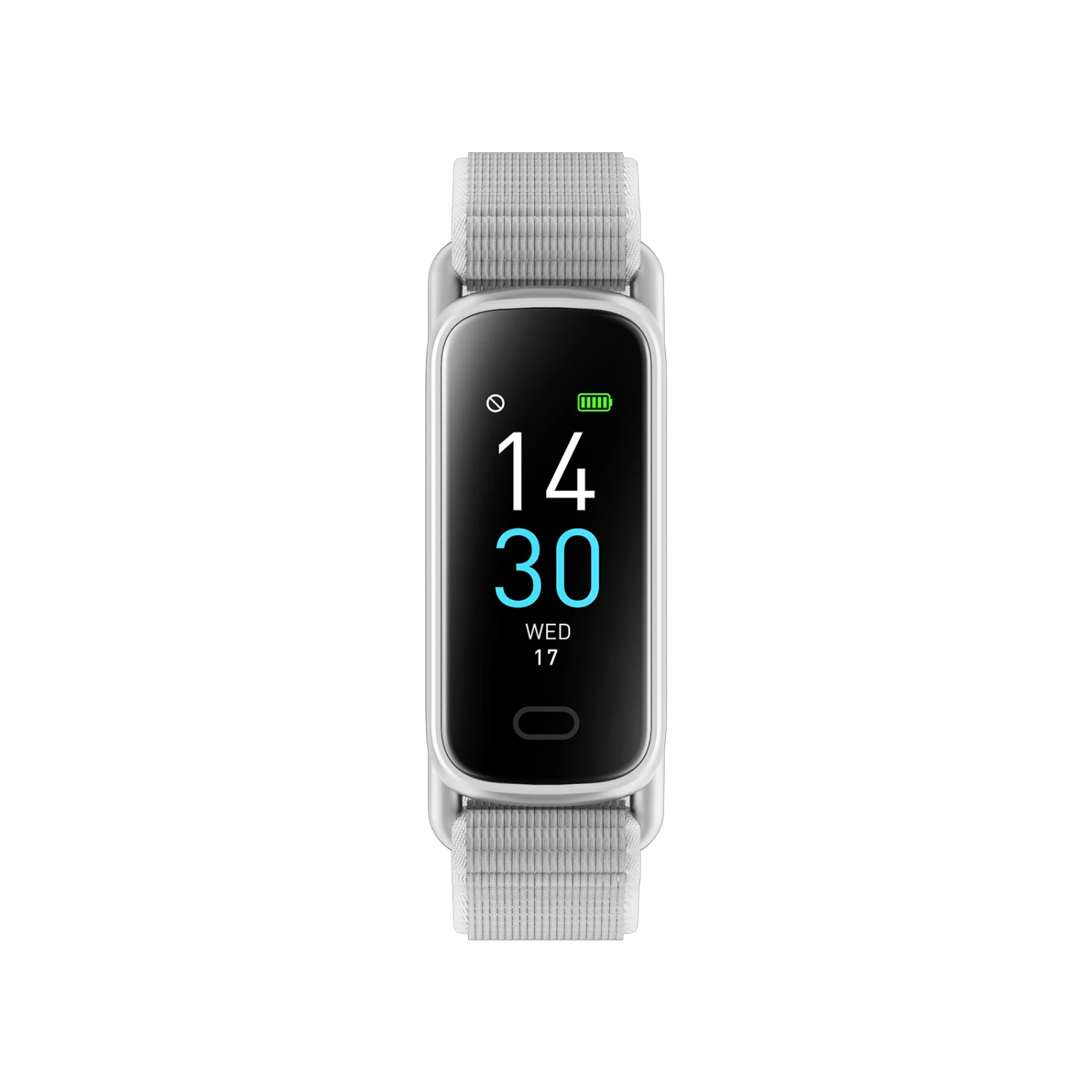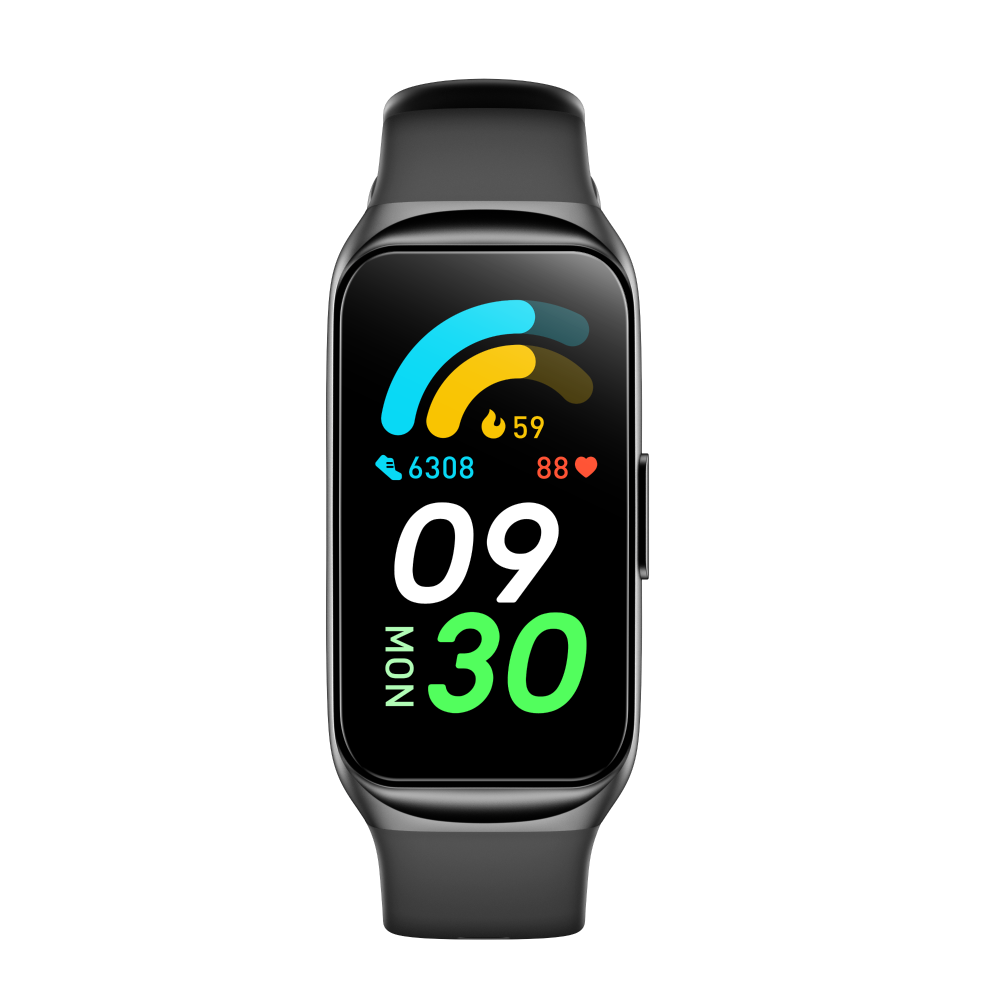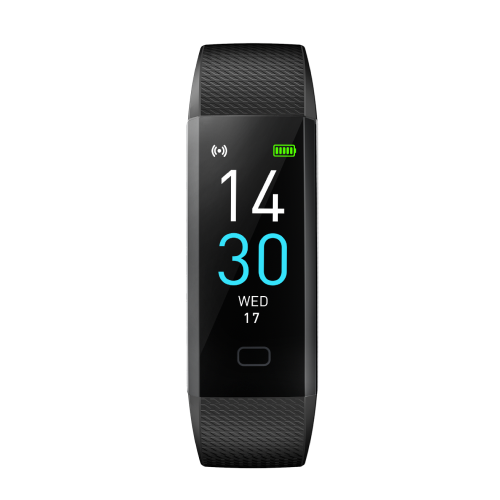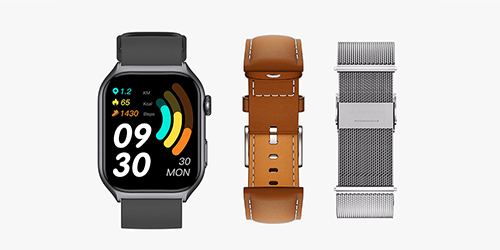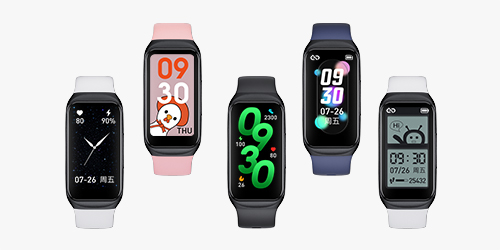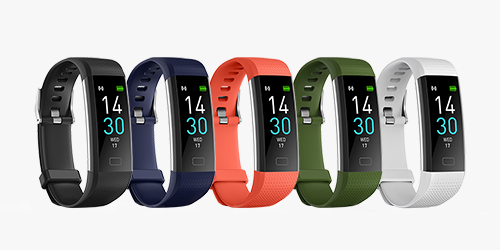When you’re ready to start tracking your health and activity, you’ll likely run into this common question: fitness tracker or watch—what’s the real difference? Both devices track your steps, sleep, or workouts, but which one is better for you?
It really depends on what you need as they cater to different priorities. Some people want just the basics, while others want all the bells and whistles.
Let’s take a closer look at how they’re different, what each one is good at, and which models are worth checking out in 2025.
What is the Difference Between a Smart Watch and a Fitness Tracker?
At first glance, a fitness tracker has slim, compact body, while a smart11watch has a larger, screen-focused design. They both go on your wrist, track steps, and connect to your phone. But there’s more to it.
What is a Fitness Tracker?
A fitness tracker is a wearable device focused on monitoring your physical activities and health metrics. It typically tracks steps, heart rate, sleep patterns, and calories burned. If you’re just looking to stay active or reach a daily step goal, a tracker might be all you need. Many people go for something simple like a step counter watch or activity tracker that doesn’t overwhelm with too many features.
What is a Smartwatch?
A smartwatch offers health and fitness tracking features but it’s like having a mini smartphone on your wrist, providing a broader range of features beyond health monitoring. It bends more advanced sensors with connectivity, providing functionalities like call and message notifications, ECG, GPS positioning, music control, and app integration. Prefer more tech and convenience? A smartwatch might be your best friend.
Compare Fitness Tracker and Smartwatch: Key Differences
| Features | Smartwatch | Fitness Tracker |
| Main Use | Health & fitness tracking | Health & fitness tracking + smart features |
| Size | Slim and light | Bulkier but stylish, more screen space |
| Sensors | Basic (HR, SpO2, steps, sleep) | Advanced (ECG, GPS, stress, etc.) |
| Apps & Features | Limited or none | Calls, notifications, music storage, etc. |
| Connectivity | Bluetooth | Bluetooth, WiFi, e-SIM, Cellular, etc. |
| Battery Life | 5-15 days | 1-7 days |
| Cost | $50-100 | $150-800+ |
Of course, more features often mean a higher price and shorter battery life. That’s where your personal priorities come into play. Let’s see how you pick the perfect-fit for you.
How to Choose the Right Device
How to choose the right device? Take this quick test and ask yourself these questions.
- Do you need smartphone features?
Yes → Smartwatch
No → Fitness tracker - Do you need bigger screen?
Yes → Smartwatch
No → Fitness Tracker - Is battery life a priority?
Yes → Fitness tracker or solar energy smartwatch
No → Smartwatch - Are advanced health metrics important?
Yes → Smartwatch with ECG/SpO2 or more advanced health tracking
No → Fitness tracker. - What’s your budget?
Under $100 → Fitness tracker.
Over $150 → Smartwatch.
Who Should Get a Fitness Tracker?
You should go for a fitness tracker if:
- You want something simple and budget-friendly.
- You mainly care about steps, calories, and sleep.
- You don’t need to check texts or emails from your wrist.
- Battery life is a priority.
Devices like the Runmefit Smartwatch offer excellent fitness tracking features with a minimalist design and long battery life. It’s perfect if you’re after a cool fitness tracker that just works without distractions.
Best Fitness Tracker 2025
⭐ Runmefit GTL2 – The All-Around Champ
This one does it all, and it does it well. The GTL2 is your go-to if you want a device that keeps up with you, whether you’re jogging, stretching, or running errands. It’s sleek, lightweight, and has a crystal-clear HD touchscreen that’s easy to navigate on the move.
With over 100 sports modes and health features like heart rate, sleep, stress, and even women’s health tracking, it’s built for serious progress. Plus, it looks good enough to wear every day.
🛒 $54.95 USD
💬 “Honestly, it feels like the smartwatch I didn’t know I needed—without the high price tag.”
👍 Best for: Daily fitness tracking with a touch of smart convenience.
💸 Runmefit S5 – Budget-Friendly, Big on Basics
Just getting started? The S5 is simple, easy, and covers all the health essentials. It tracks your steps, calories, sleep, and even your skin temperature—all with a fuss-free, one-touch interface.
It’s light as a feather, and still gives you smart features like call reminders and health alerts. If you’re dipping your toes into fitness tracking, this is a great place to start.
🛒 $45.95 USD
💬 “Straightforward and super affordable—love how easy it is to use.”
👍 Best for: First-timers or anyone who wants solid tracking without the extras.
🧘♀️ Runmefit GTL1 – Featherlight and Fuss-Free
If you’re someone who hates feeling like you’re wearing a device, meet the GTL1. It’s incredibly light—seriously, you’ll forget it’s even on. But don’t let that fool you. It still delivers accurate step tracking, sleep monitoring, and heart rate checks.
Great for minimalist vibes, or for folks who just want something that blends into their day.
🛒 $49.95 USD
💬 “It’s like health tracking in stealth mode—totally effortless.”
👍 Best for: Comfort-first users who want simple, reliable tracking.
Who Should Choose a Smartwatch?
You should go for a smartwatch if:
- You want to stay connected without pulling out your phone.
- You need advanced health features like SpO2 or ECG.
- You use multiple apps or want voice commands.
- You like extra customization and a modern look.
The best smartwatch for health monitoring can double as your fitness buddy and productivity tool. There are great options for both iPhone and Android users, especially if you’re looking for the best fitness watch for Android or exploring the best smartwatches of 2025.
Best Smartwatch 2025
🧠 Runmefit GTS7 Pro – Smart and Stylish
This is where fitness meets function. The GTS7 Pro is a full-on smartwatch that looks sharp and works even harder. With a gorgeous 2-inch display, Bluetooth calling, calendar alerts, and more, it’s like your phone’s best wingman.
And don’t worry—it hasn’t forgotten about health. You get full tracking for heart rate, blood oxygen, stress, sleep, and more than 100 workout types. It’s the smartwatch that actually cares about your well-being.
🛒 From $69.95 USD
💬 “Feels like having a trainer, assistant, and inbox—all on my wrist.”
👍 Best for: Busy folks who want to stay healthy and connected.
🌟 Runmefit GTR3 – Bright, Bold, and Health-Savvy
If you’re outdoorsy or just love a crystal-clear screen, the GTR3 is a dream. Its AMOLED display is super sharp, even in sunlight, and the build quality feels premium. You can take calls, get your notifications, and track just about everything—including respiratory rate and HRV stress levels.
It’s perfect for anyone who wants serious health data without sacrificing style.
🛒 From $75.95 USD
💬 “Gorgeous screen, flawless tracking—this one feels like a luxury watch that’s actually useful.”
👍 Best for: Health-focused users who want the best display around.
🏕 Runmefit GTX2 GPS Outdoor – Built for the Wild
If you spend more time in hiking boots than sneakers, the GTX2 is made for you. It’s rugged, waterproof, and has high-precision GPS, a compass, barometer, and even a built-in altimeter. No matter the weather or terrain, this thing keeps up.
With 60+ sports modes and a monster battery (up to 15 days!), it’s your perfect outdoor companion.
🛒 $109.95 USD
💬 “Honestly? It’s like having a hiking buddy that never complains.”
👍 Best for: Adventurers, explorers, and weekend warriors.
Final Thoughts
So, fitness tracker or smartwatch? Whether you choose a step tracker or a high-end smartwatch, prioritize your health goals and daily habits. The “better” device depends on your lifestyle. Fitness trackers win for pure health focus and affordability, while smartwatches excel as all-in-one gadgets.
Thinking about getting started? You really can’t go wrong with a step counter watch from Runmefit. Would you like a comprehensive comparison guide or shopping checklist for Runmefit tracker or watch? Check out this links to the best fitness trackers and smartwatches of 2025!

